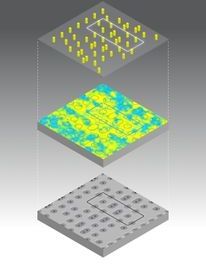OF THE
TIMES
We'll know our disinformation program is complete when everything the American public believes is false.
....And they've all got masks on.
So what are these types of clowns fact checking and disinfoing and misinfoing? They call people liars but think there's no truth! Crazy mfs.
Obviously it is good to have food. The best food though is fresh. Freshly picked produce from your garden and/or greenhouse, fresh fish from your...
A CEO that is 'reality impaired'. I can handle people that are mobility impaired, eyesight impaired or other physical impairments, but not when...
Yahoo! -Whew!-, its over-what a relief! /cheers!
To submit an article for publication, see our Submission Guidelines
Reader comments do not necessarily reflect the views of the volunteers, editors, and directors of SOTT.net or the Quantum Future Group.
Some icons on this site were created by: Afterglow, Aha-Soft, AntialiasFactory, artdesigner.lv, Artura, DailyOverview, Everaldo, GraphicsFuel, IconFactory, Iconka, IconShock, Icons-Land, i-love-icons, KDE-look.org, Klukeart, mugenb16, Map Icons Collection, PetshopBoxStudio, VisualPharm, wbeiruti, WebIconset
Powered by PikaJS 🐁 and In·Site
Original content © 2002-2024 by Sott.net/Signs of the Times. See: FAIR USE NOTICE

Reader Comments
to our Newsletter